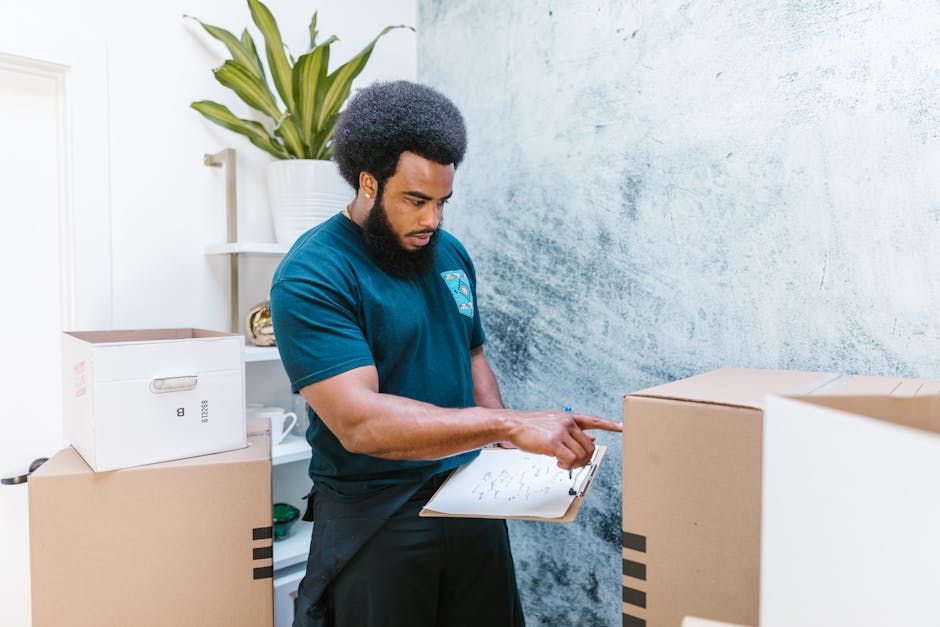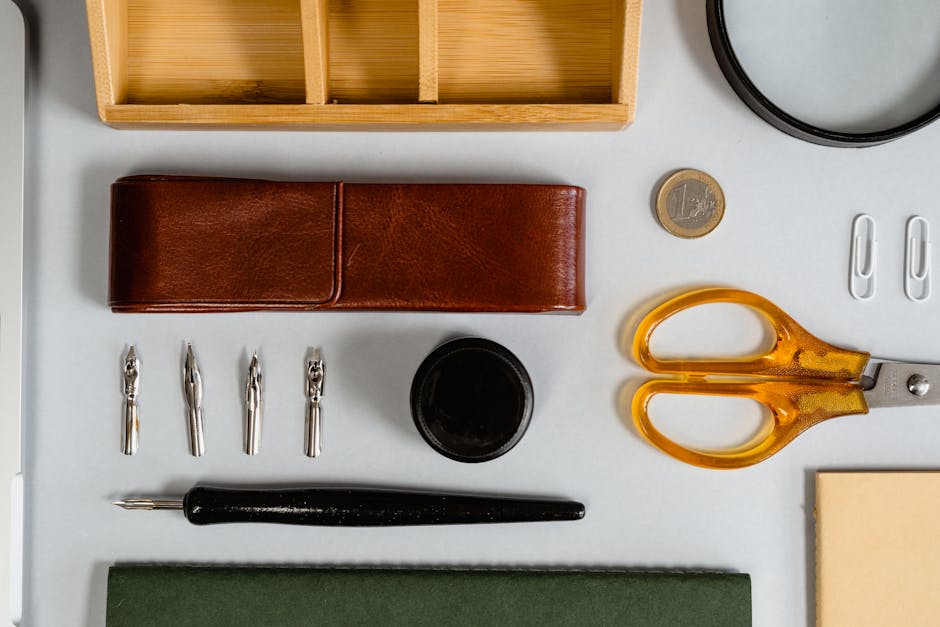Tips for Wheelchair-Friendly Workspaces
Did you know that about 1 in every 5 people in the U.S. has a disability? Creating a wheelchair-friendly workspace is not just about compliance; it enhances productivity and inclusion. Here are some practical tips to make your workplace accessible and welcoming.
Why Accessibility Matters

Accessibility goes beyond ramps and wide doors. it’s about ensuring everyone can contribute. Studies show that accessible workplaces boost morale and performance. A welcoming environment encourages creativity and collaboration.
What Makes a Workspace Wheelchair-Friendly?

Lets break it down. A wheelchair-friendly workspace includes:
- Accessible entrances and exits
- Spacious walkways
- Accessible work surfaces
- Easy-to-use technology
Each of these elements makes a big difference. Lets explore each one in detail.
How Can You Ensure Accessible Entrances?

Start with the entrance. It should be easy to find and use. Here are some tips:
- Add ramps where there are stairs.
- Ensure the door width is at least 36 inches.
- Install automatic doors if possible.
- Keep pathways clear of obstacles.
These simple changes can make a huge impact. A clear and accessible entrance welcomes everyone.
What About Walkways and Pathways?

Once inside, spacious walkways are crucial. Aim for at least 36 inches of clear space. This allows for easy movement. Keep the following in mind:
- Avoid clutter on the floors.
- Use non-slip materials to enhance safety.
- Place furniture wisely to create open spaces.
Remember, wide pathways benefit everyone, not just those in wheelchairs.
Are Work Surfaces Important?
Absolutely! Work surfaces should be accessible to everyone. Heres how to ensure this:
- Provide adjustable desks.
- Make sure seating is available for all heights.
- Use accessible storage solutions.
This allows all employees to work comfortably. Look for desks that can change height. It offers flexibility for different users.
How Can Technology Be Made Accessible?
Technology plays a big role in how we work. Ensure devices are user-friendly for everyone. Here are some suggestions:
- Use adaptive equipment like speech-to-text software.
- Choose laptops with accessible USB ports.
- Provide adjustable computer monitors.
This technology helps those with mobility challenges to work efficiently. Plus, it can enhance productivity for all employees.
What About Restrooms?
Accessible restrooms are essential. They should be easy to locate and use. Consider these points:
- Install grab bars near toilets.
- Ensure theres enough space for maneuvering.
- Use accessible sinks and hand dryers.
Accessible restrooms show that you value every employee’s comfort and dignity.
How Can You Foster an Inclusive Culture?
Creating a wheelchair-friendly workspace is more than physical changes. Cultivating an inclusive culture matters too. Here are ways to build this environment:
- Train staff on accessibility awareness.
- Encourage open conversations about needs.
- Celebrate diversity in all forms.
An inclusive culture empowers everyone to share their ideas and concerns, creating a stronger workplace.
How Do You Get Feedback?
Feedback is crucial for improvement. Ask employees about their experiences. Use surveys or suggestion boxes for collecting input. You can also hold regular meetings to discuss accessibility needs. This shows you care.
What Are Some Common Misconceptions?
Many people have misconceptions about accessibility. Here are a few:
- Misconception: Accessibility only means ramps.
- Truth: It includes technology, workspace design, and culture.
- Misconception: it’s too expensive to make changes.
- Truth: Many adjustments are low-cost or free.
Addressing these misconceptions helps create a better understanding of the importance of accessibility.
What Are the Legal Requirements?
it’s essential to understand the legal side too. The Americans with Disabilities Act (ADA) sets standards for accessible workplaces. Key points include:
- Designing buildings that are accessible.
- Providing accommodations for employees.
- Ensuring all facilities are usable by everyone.
Staying compliant not only protects your business but also shows your commitment to inclusion.
How Do You Maintain an Accessible Workspace?
Creating an accessible workspace is just the first step. Regular maintenance is key to keeping it functional. Heres what to do:
- Conduct regular audits of your space.
- Fix any broken equipment immediately.
- Update technology and furniture as needed.
Maintaining accessibility ensures everyone can thrive in the workplace.
What Are the Benefits of a Wheelchair-Friendly Workspace?
Creating an accessible environment has many benefits:
- Enhances employee satisfaction and retention.
- Boosts productivity and creativity.
- Improves company reputation.
Investing in accessibility pays off in countless ways.
Final Thoughts: Take Action Now
Making your workspace wheelchair-friendly is a journey. Start by evaluating your current setup. Engage with your employees to understand their needs. Small changes can lead to big improvements.
Remember, an inclusive workspace is beneficial for everyone. By embracing accessibility, you create a culture of respect and collaboration. Lets work together to make every workspace welcoming!
For more detailed guidance on accessibility standards, check out the ADA Standards for Accessible Design.
Want to dive deeper into workplace inclusivity? Check out our related post on creating an inclusive work environment.



